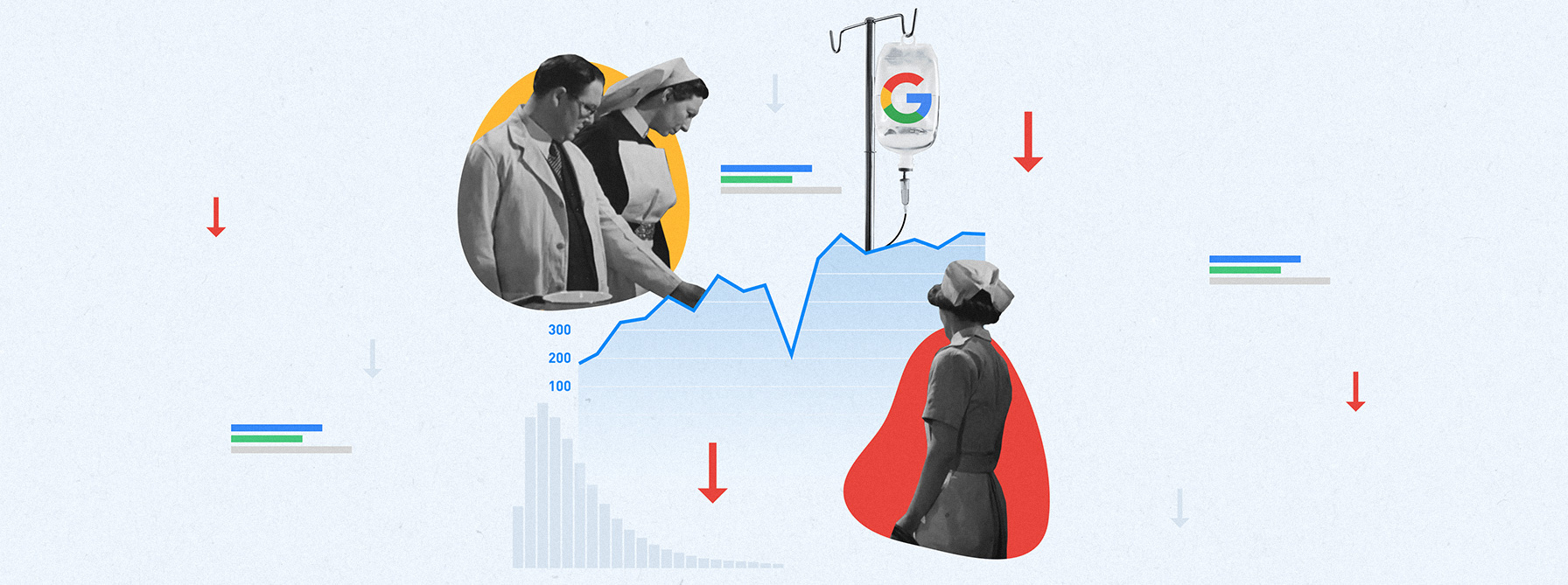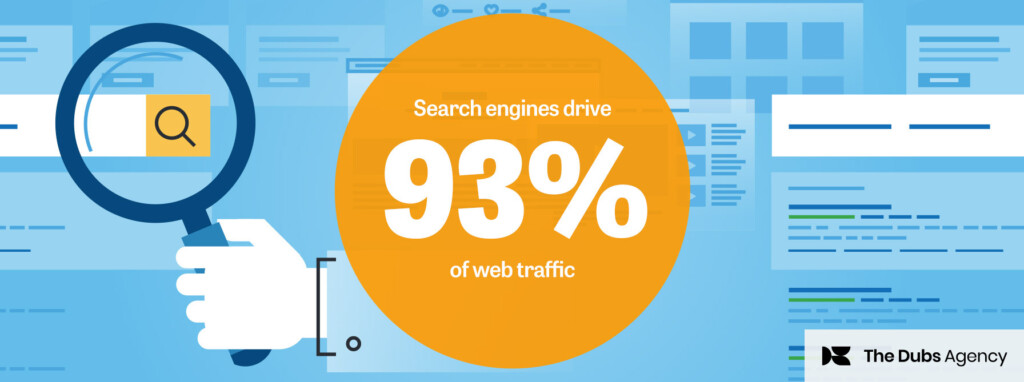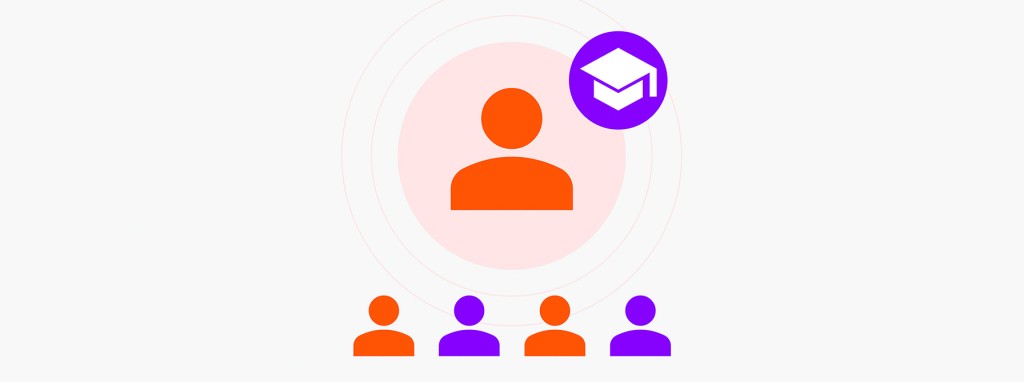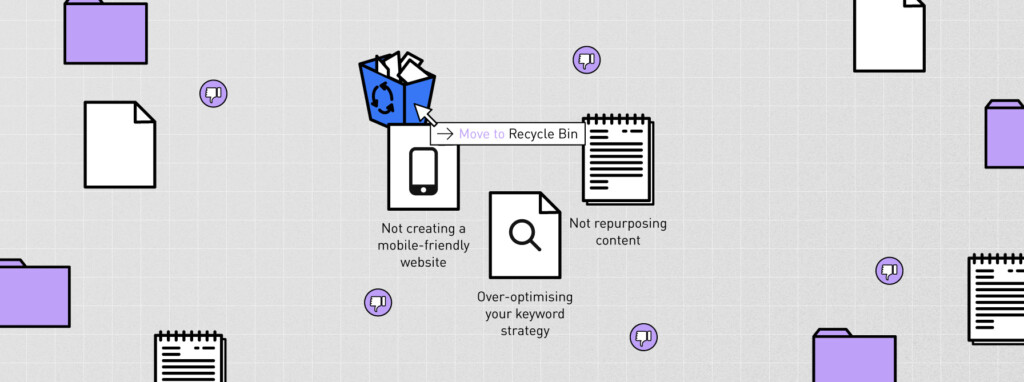The competition to rank well on search engines is fierce and justifiably so. Indicating a clear sign of audience intent that’s ideally followed by a click, organic search traffic is a highly valuable source of website traffic for finance brands.
Given this intent, website page session times for organic search traffic are generally longer than other sources of traffic (including advertising, social traffic, email traffic and referral traffic), making them the exact type of website visitor brands are hoping to attract – one that’s interested in and engaged with their content and therefore their brand.
However, ranking well on search engines is no easy task. It requires strategic planning and research, creative content execution as well as a vigilant approach to maintaining high technical website standards. This all takes time, money and expertise.
When you’ve done all that hard work and finally managed to get good and consistent page one search results, it’s heartbreaking to see that traffic suddenly drop off or even slowly decline over time.
Here’s what to do when your organic search traffic takes a hit.
Triaging spikes and trends in organic search traffic
When analysing any data there are really just two things we’re looking for – ‘spikes’ and ‘trends’ – and a drop in organic search traffic can be either.
Firstly, to diagnose a drop we need tools to actually see what’s happening. Google Analytics and Google Search Console (which used to be called Google Webmaster tools) allow us to see in a myriad of ways how traffic is arriving, behaving and exiting a website. Another very powerful tool is the SEMRush platform which can slice and dice website traffic data in a number of ways and provides deep insights into the technical health of a website as well as content performance (there are other platforms similar to SEMRush as well such as Ahrefs, Moz and Alexa).
“ Small or moderate spikes in organic search traffic are quite common and will in most cases return to normal in a short period of time.”
If a sudden drop in traffic occurs it’s not necessary to go into full panic mode quite yet. Small or moderate spikes in organic search traffic are quite common and will in most cases return to normal in a short period of time. There are many factors determining SEO rankings which makes it difficult to pin down the exact cause of a temporary drop. The recommended action when a sharp decline is first detected is to wait a few days or even a week or so to see if it corrects itself. At this stage there’s no point in pulling everything apart and putting resources into action unnecessarily.

However, when the traffic graph looks like this there’s certainly cause for concern.

Barring some major technical problem on the server itself (e.g the website is down), a major traffic drop like this means either a Google penalty has happened for a number of reasons or there’s been a Google algorithm update the website has ended up on the wrong side of.
This is why having it’s important to have Google Search console set up as this is where Google will send a notification if the website has incurred a penalty.
How to avoid Google penalties
Google penalties come in a range of guises and some of these include:
- Cloaking redirects
- Cloaking images
- Hidden text
- Keyword stuffing
- Spammy structured markup
- Unnatural links to and from your site
- Hacked site
Most of these penalties will only apply if the website has been employing some dubious if not outright nefarious means to rig the website for attracting traffic. For most brands this shouldn’t be an issue, but if you’re employing 3rd parties who claim they can dramatically increase your website traffic make sure they’re a reputable business so you don’t fall afoul of one of these penalties. If you do, Google will require you to explain the cause of the problem, resolve it and put in a request for reconsideration – for a business that relies on organic search traffic this is a disaster.
The impact of Google algorithm updates
Google frequently updates the search algorithms that determine how websites and content are ranked. While some of these updates are incremental and go unnoticed, some are major updates that can have serious impacts on your organic search traffic. It’s important to keep up to date with upcoming major updates and be prepared in advance of major changes so you can take action with your website content BEFORE not AFTER the major algorithm changes have taken place.
A good example of this was in July 2019 when ‘mobile-first indexing’ was introduced as a Google algorithm update. This was a major change and caught a lot of brands napping as most websites up until this point were SEO optimised for desktop and may not have even had a mobile-responsive version of the website in place. Those that weren’t prepared saw massive drops in search traffic as a result. And be forewarned now, there’s a big algorithm change coming in May 2021 that will be focused on ‘user experience’.
SEMRush allows you to see when Google updates have happened and understand how organic traffic spikes may be related to them. Knowing which Google algorithm update may have caused a drop in search traffic allows you to then take actions to correct it.

The slow trend down
Even if you adhere to all the best technical Google practices and abide by all the rules you can still find your organic search traffic slowly trending down over time.
Getting great organic search engine rankings isn’t a one-time set-and-forget practice. It needs to be part of everyday business practice and there needs to be a robust content strategy and program in place to support it. If organic search traffic is slowly declining over time this usually means the competition has caught up and is outperforming your website and content.
If you’re confident your technical practices are in place and up to date then the cause of the decline is the website content itself.
This is where a platform such as SEMRush can help by allowing you to deep dive into how your content is performing in terms of its ranking, keywords/phrases being indexed, traffic being driven to the website and how all of that compares to your competitors as well.
This research provides invaluable insight into the gaps and opportunities that when targeted with quality, relevant content will see the reverse of your traffic decline.
To find out how your website SEO is performing, use our free SEO website audit tool.
At The Dubs we employ SEO best-practice to ensure your content gets found. Get in touch.









